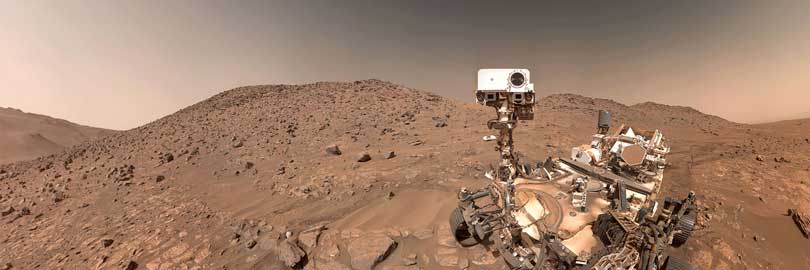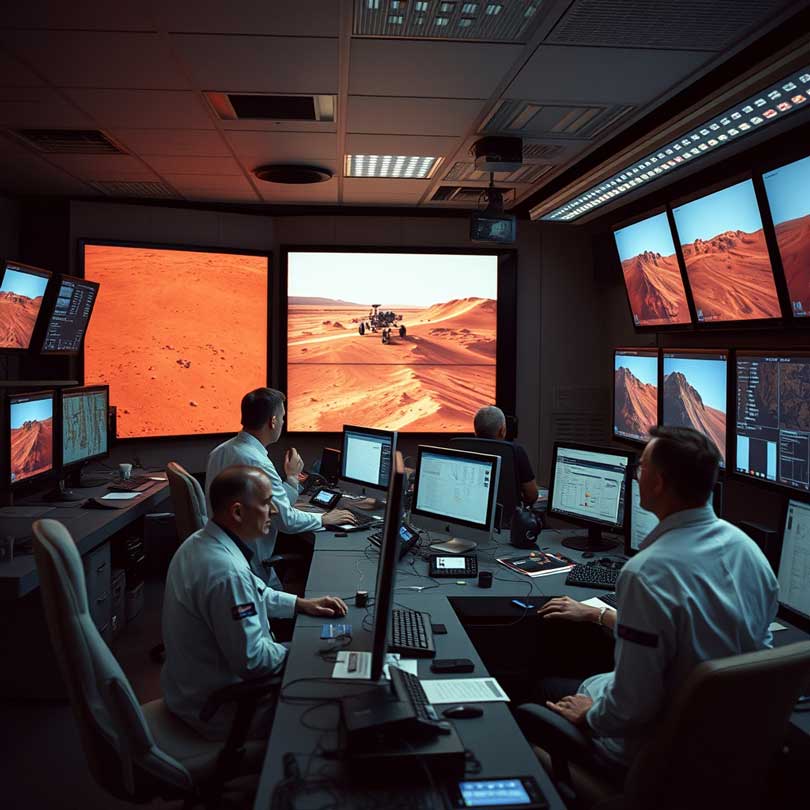
Perseverance rover ‘selfie’ on Mars.

NASA is making significant strides in its preparation for a human mission to Mars but faces challenges in deep space travel and paving the way for humans to explore and settle on the Red Planet.
Human exploration of Mars has long been a dream of scientists and space enthusiasts. As all of us know that NASA (National Aeronautics and Space Agency), is actively working to make this dream a reality. It is tried with ambitious plans that focus technology, development, planning and international collaboration. It is a monumental undertaking that promises to unlock the secrets of the Red Planet, Mars, and expand our understanding of the universe.
Further, NASA's efforts are focused on overcoming the immense challenges of deep space travel, ensuring the safety and well being of astronauts and conducting ground breaking scientific research.
One of the key initiatives in NASA's Mars exploration strategy is the Artemis program, which aims to establish sustainable human presence on the moon.
By gaining experience in Lunar exploration, through this NASA can develop technology, tests and procedures for a Mars mission.
Next, an important aspect in NASA's Mars preparation is the development of innovating propulsion systems. They explore things such as solar electric propulsion, nuclear thermal propulsion which could significantly reduce travel time to Mars. It will help to enhance the successful mission.
NASA's current timeline envisions sending humans to Mars by the late 2030s, but significant steps have been taken in 2024. They focused on developing advanced space craft. They are designed to take astronauts safely beyond low Earth orbit. Further the Perseverance rover that landed on Mars in February 2021 is conducting experiments to collect samples that could be returned to Earth. This is essential for future human missions.
Another important aspect of NASA is the need for international collaboration. It means respectively engaging with international partners like ESA (European Space Agency), ‘Roscosmos’ (Russian Space Agency) and others to share knowledge and resources. This approach can help to combine expertise from various countries in space exploration. The parties will be essential for sharing knowledge, developing new technology and reducing cost. This can lead to progress and helps us achieve the ambitious goal of sending humans to Mars.
NASA is further conducting extensive research to address the challenges of long duration space flight and the effects of psychological and physiological effects on astronauts.
In conclusion public interest and support is also vital. Thus educational outreach programs are being developed to inspire future generations.
R.H. Yusuf-ul-Haq (13 years)
Matale Int. School





